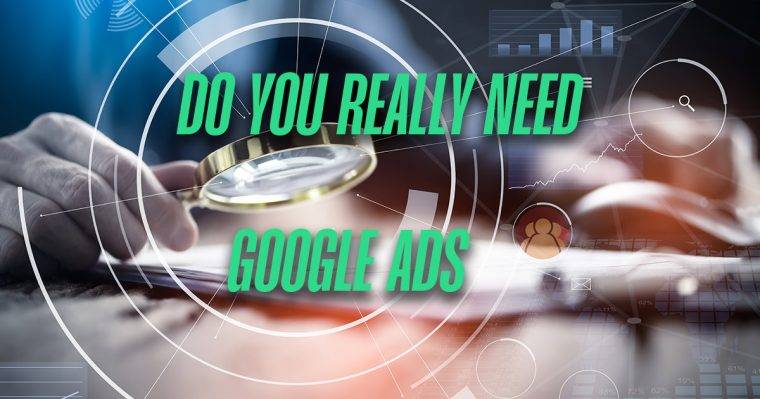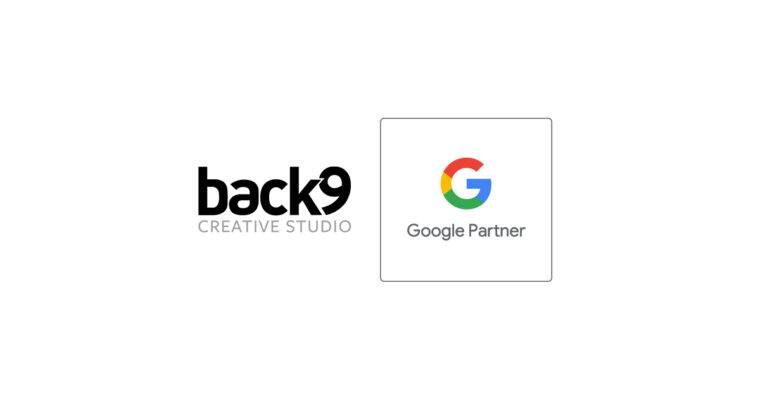So you’re wondering what the ideal Digital Marketing Salary in NZ might be?
At Back9 Creative we’ve always prided ourselves on our ability to adapt and change. And over the years we have had to. From humble beginnings of graphic design (primarily for print and signage) to basic websites, and now to a full range of digital marketing services. These include custom websites, SEO, Google Ads, Social Media Ads, and other forms of SEM and data-driven measurement marketing too.
Digital marketing is a rapidly growing field that has become essential for businesses of all sizes. As a result, the demand for digital marketing professionals has increased significantly over the past few years. Digital marketers are responsible for creating and executing marketing campaigns across various digital channels, including social media, email, search engines, and more. If you’re considering a career in digital marketing, one of the most important factors to consider is your potential salary. In this blog post, we’ll explore the range of digital marketing salaries in New Zealand and what factors can impact your earning potential. This article merely gives a ball park range in terms of Digital Marketing Salary, so it shouldn’t be taken as gospel or fact, but it should give you an indication of what to expect.
Digital Marketing Salaries in NZ
Digital marketing salaries in NZ can vary significantly depending on a number of factors, including your level of experience, job title, and location. According to PayScale, the average digital marketing salary in New Zealand is around NZD 60,000 per year. However, this can vary from as low as NZD 40,000 for entry-level positions to over NZD 100,000 for senior-level roles.
Entry-Level Digital Marketing Salaries in NZ
For entry-level digital marketing roles in New Zealand, you can expect to earn an average salary of around NZD 40,000 to NZD 50,000 per year. These positions typically require a bachelor’s degree in marketing or a related field. Also typically some experience in digital marketing, such as internships or part-time roles. Some common entry-level digital marketing roles include social media coordinators, content creators, and digital marketing assistants.
Mid-Level Digital Marketing Salaries
Once you’ve gained some experience in digital marketing, you can expect to earn a higher salary. Mid-level digital marketing roles in New Zealand typically pay around NZD 60,000 to NZD 80,000 per year. These roles require more experience and expertise in digital marketing, such as managing campaigns or working with specific digital channels. Some common mid-level digital marketing roles include digital marketing managers, SEO specialists, and email marketing managers.
Senior-Level Digital Marketing Salaries
For senior-level digital marketing roles in New Zealand, you can expect to earn a significantly higher salary. These roles typically require a high level of expertise and experience in digital marketing, such as managing teams or overseeing large-scale campaigns. Senior-level digital marketing roles in New Zealand can pay anywhere from NZD 80,000 to over NZD 100,000 per year. Some common senior-level digital marketing roles include digital marketing directors, e-commerce managers, and marketing strategists.
Factors That Impact Digital Marketing Salaries
Several factors can impact your earning potential as a digital marketer in New Zealand. One of the most significant factors is your level of experience and expertise. As you gain more experience and take on more responsibilities, you can expect to earn a higher salary. Additionally, your job title can impact your salary, as senior-level roles typically pay more than entry-level positions.
Another factor that can impact your salary as a digital marketer in New Zealand is your location. Salaries can vary significantly depending on where you live and work in the country. For example, digital marketers in Auckland and Wellington tend to earn higher salaries than those in other parts of the country. This may be important to some people, but to others, a work/life balance may be more appealing. For example in Invercargill where our agency os based, you can get to most places in 10 mins. Queenstown is a 2 hr drive and Auckland or Wellington just 2 hours by plane. Christchurch – less than an hour.
The industry may affect Digital Marketing Salary
The industry you work in can also impact your earning potential as a digital marketer. Some industries, such as technology and e-commerce, tend to pay higher salaries for digital marketing roles than others.
Skills That Can Increase Your Digital Marketing Salary As a digital marketer, there are several skills you can develop that can increase your earning potential. One of the most important skills is data analysis, as digital marketing is becoming increasingly data-driven. Other skills that can increase your earning potential include SEO, social media marketing, email marketing, and content creation.
Education and Certifications That Can Increase Your Digital Marketing Salary In addition to skills, education, and certifications can also impact your earning potential as a digital marketer. A bachelor’s degree in marketing or a related field is typically required for entry-level roles, but a master’s degree can increase your earning potential for mid-level and senior-level roles. Additionally, certifications in specific areas of digital marketing, such as Google Analytics or HubSpot, can also increase your earning potential.
Demand for Digital Marketing Specialists
Digital marketing is a rapidly growing field with a range of career opportunities and earning potential. Digital marketing salaries in New Zealand can vary significantly depending on your level of experience, job title, location, and industry. However, with the right skills, education, and certifications, you can increase your earning potential as a digital marketer. As the demand for digital marketing professionals continues to grow, digital marketing salaries in New Zealand are expected to increase in the coming years. As a digital marketer, it’s important to stay up-to-date with the latest trends and developments in the industry to remain competitive and increase your earning potential. By continually developing your skills and expertise, you can build a successful career in digital marketing and achieve your desired salary.











